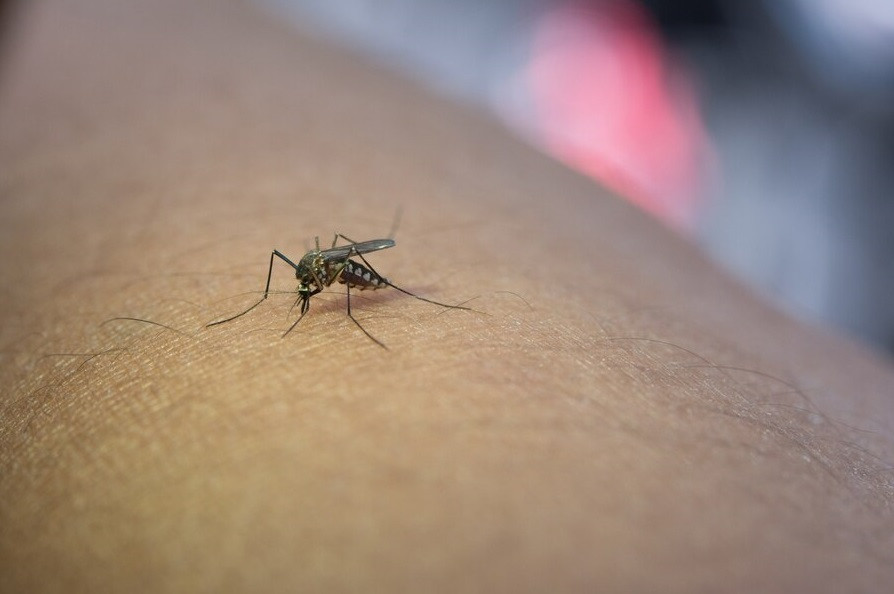Japanese encephalitis (JE) is a rare disease but can cause serious inflammation of the brain. Japanese encephalitis is caused by the Japanese encephalitis virus (JEV), which is transmitted by bites from infected Culex mosquitoes.
Cases have been widespread in the Asian region. According to the CDC, several JE cases have been reported in Java, Sumatra, Kalimantan, Bali, Nusa Tenggara, and Papua. In some countries, JE infections have been successfully controlled through vaccination programs. What are the symptoms of this disease?
Symptoms of Japanese encephalitis
As it is transmitted through mosquito bites, anyone is at risk of experiencing Japanese encephalitis. The incubation period lasts around 5–15 days. The symptoms vary from mild to severe.
Mild symptoms include:
- Fever
- Headache
- Nausea
More severe symptoms include:
- Severe headache
- Neck and back stiffness
- Sensitivity to light
- Confusion
- Seizures (especially in children)
- Paralysis
- Coma
About 20–30% of patients who develop brain infections due to JEV die, while 30–50% who survive still experience neurological, cognitive, and psychiatric symptoms.
Since this disease can lead to death or permanent disability, seek medical help immediately when symptoms are noticed, especially if JE cases are found in your area.
How to prevent Japanese encephalitis
The potential transmission of JE is through bites from infected mosquitoes. The most effective prevention of this disease is self-protection from mosquito bites.
Here are some measures that can be taken:
- Wear long-sleeved, loose-fitting clothing, socks, and closed-toe shoes
- Use mosquito repellents containing active ingredients such as picaridin and DEET on exposed skin areas
- Limit outdoor activities, especially when mosquitoes are active
- Clean stagnant water around the house
- Use bed nets to prevent mosquito bites at night
- Ensure windows are tightly closed and repair any gaps accessible to mosquitoes
- Get the JE vaccine
Why do you need to get the Japanese encephalitis vaccine?
The Japanese encephalitis vaccine is a type of vaccine made from a weakened or inactive JE virus. This vaccine can be administered to children aged 2 months to 17 years and adults aged 18–65 years.
According to the Indonesian Pediatrician Association (IDAI), the JE vaccine can be given to children aged 9 months to 15 years. For long-term protection, a booster dose can be given 1–2 years after the initial dose.
Children and people traveling to high-risk areas in Asia for Japanese encephalitis need the JE vaccine. This vaccine is considered safe, although there may be mild side effects such as pain at the injection site, redness, swelling, mild fever, headache, and muscle pain.
Seek medical attention immediately if you experience symptoms of JE infection, especially if you live in areas where JE cases are high. If you need medical advice or consultation, you can either visit a doctor or make use of the consultation features that are available in the Ai Care application by downloading the Ai Care application from the App Store or Play Store.
Looking for more information about other diseases? Click here!
- dr. Monica Salim
CDC (2022). Japanese Encephalitis Virus. Available from: https://www.cdc.gov/japaneseencephalitis/index.html
Better Health Channel. Japanese encephalitis. Available from: https://www.betterhealth.vic.gov.au/japanese-encephalitis
Sy Kraft (2018). What's there to know about Japanese encephalitis?. Available from: https://www.medicalnewstoday.com/articles/181418#transmission
Healthy Children (2021). Japanese Encephalitis Vaccine: What You Need to Know (VIS). Available from: https://www.healthychildren.org/English/safety-prevention/immunizations/Pages/Japanese-Encephalitis-Vaccine-What-You-Need-to-Know.aspx
Sophie J. Balk, MD, FAAP (2023). Choosing an Insect Repellent for Your Child. Available from: https://www.healthychildren.org/English/safety-prevention/at-play/Pages/Insect-Repellents.aspx
IDAI (2018). Mengenal Japanese Encephalitis. Available from: https://www.idai.or.id/artikel/klinik/imunisasi/japanese-encephalitis











